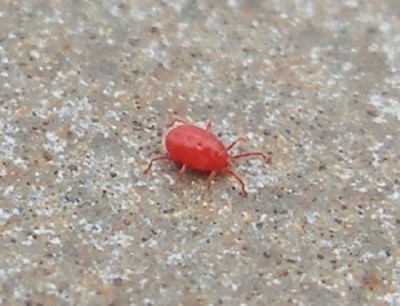






Mites are infinitesimally tiny insects that suck plant juices and sap the vitality of your garden specimens. Predatory mites in the garden are the security system you need to stop plant-eating mites. What are predatory mites? These minute bugs eat the eggs, larva and adults of the plant-eating variety of mite. Discover how to use predatory mites and where to get predatory mites so you can harness the natural mite control of these voracious insects.
Look really close if you want to see these little guys, even though they are slightly larger than their prey. Mites are wingless insects with a solid one-piece body and no antennae. The predatory mites feed on spider mites and other pest mites as well as thrips and some other small insects.
In the absence of prey, predatory mites eat pollen and nectar and can revert to sucking plant juices. There are several varieties of predatory mites in the garden, each of which has a preferred food source. The mites have the same life cycle as the pest insects, starting with an egg stage, larval period and finally a nymph stage.
First you need to know what your pest problem is. This may require some investigation and a magnifying glass to identify the culprit. Then choose the appropriate warrior to battle against the bad insect.
Western mites are effective against spider mites and two-spotted mites. The Phytoseiids are a group of predatory mites that overwinter in trees and are the most common of the insects. The stigmaeid or yellow mites are useful as predatory mite pest control against European red mites. Several of the varieties are commercially available for wide spread pest control.
There is a practice among agricultural professionals called “seeding.” This basically means locating a tree or orchard with a population of the predatory mites you desire and relocating them. You do this by cutting a stem or limb from a tree infested with the beneficial mites and placing it where you want the insects to move in and feed on the bad mites.
The best time to harvest the insects for predatory mite pest control is spring. This is when plants are blooming and mite activity is at its peak. Some varieties of mites are also available online or through catalogues.
Spraying horticultural oil in spring can help reduce the mite population in areas that have a pest problem. The oil doesn’t usually bother the predatory mites, especially the phytoseiid variety, which overwinters in secluded and protected areas.
Use the least toxic pesticides for other varieties of insects and apply pre-bloom whenever you can to prevent killing the beneficial mites.
Copyright © www.100flowers.win Botanic Garden All Rights Reserved